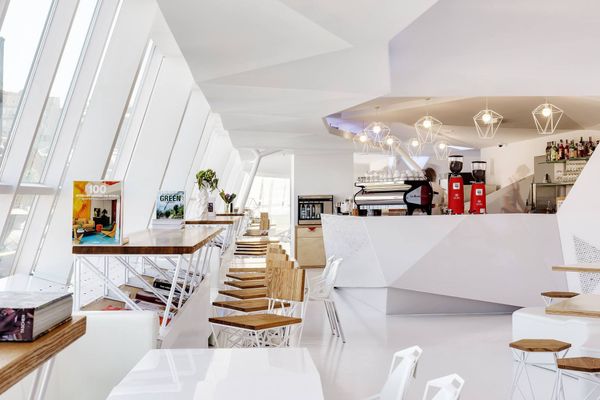Dániel Huszár launched Krakout Film studio with his brother four years after obtaining his diploma in the field of animation. Their portfolio features short films and commercials made with classic two-dimensional animation and stop-motion techniques. Paramount and Hungarian Bank OTP are among their regular clients, but they have also made a short movie about painter Lucas Cranach and have worked for the Hungarian Museum of Fine Arts, too. Interview.
You graduated from MOME’s animation department in 2008. What happened next? What opportunities did you have as a freshly graduated animation director to remain in the profession?
We received funding for the diploma films, but once we left the university behind, we had no opportunities of the kind: the same directors, qualifying as big guns in the sector, won all calls announced by the Hungarian Motion Picture Foundation, and the Macskássy Gyula call was only launched in 2011. Luckily, based on the projects I have done and contacts I have obtained during the university I had a few enquires: mainly opening credits, smaller commercials and graphics jobs, but I also designed theater screenings and tried my hand at exhibition organization, too.

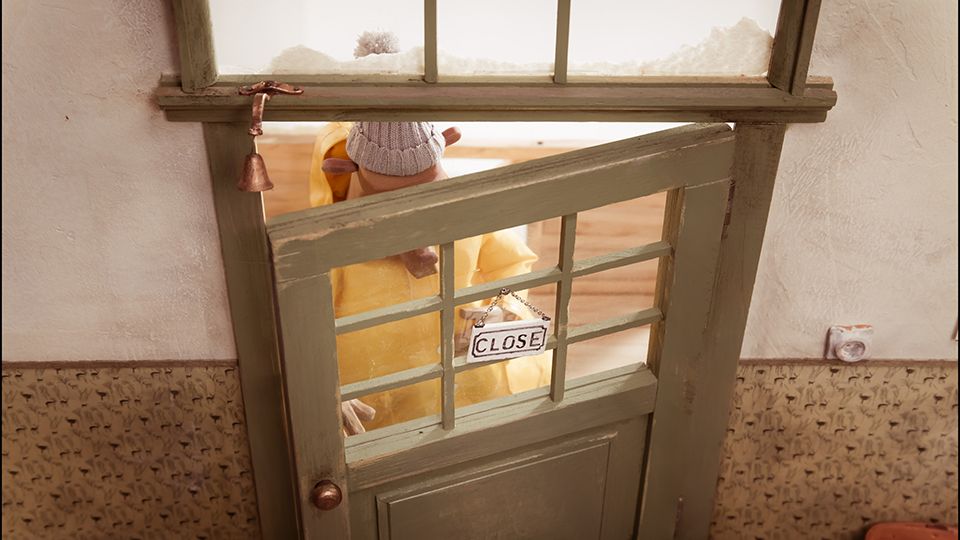
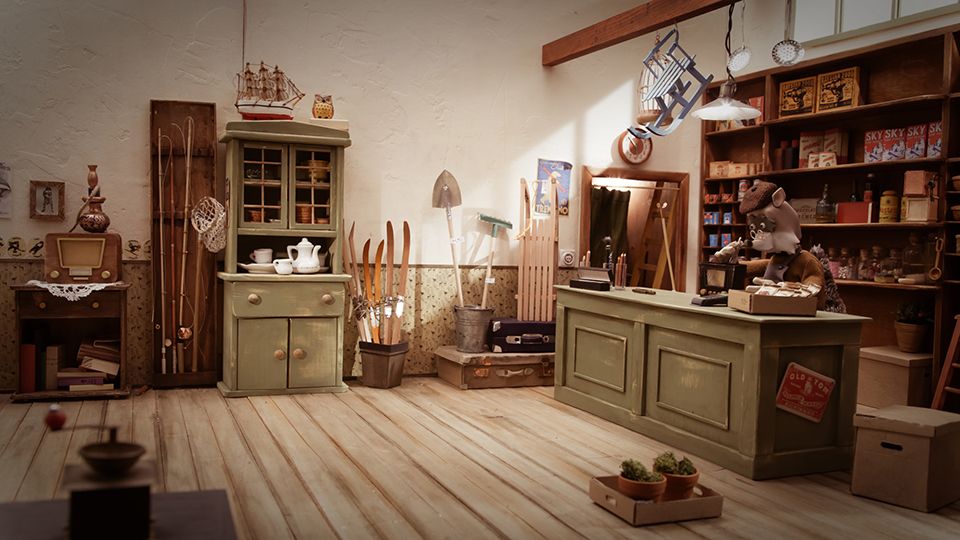
You launched Krakout Film animation studio a few years ago—could you tell us about the launch and introduce your team?
Before university, I worked at RTL Klub, a major Hungarian television channel, for two years, which proved to be a useful experience, but I had no interest in working somewhere full time after graduation, and at the time there weren’t any places that I found appealing in this sense. This, of course, meant that I had to figure out a lot of things and “secrets” regarding production and the film business myself. It didn’t matter that I had a degree in design management: in practice, everything was entirely different. Then, over the years, I realized that it made more sense to build my own brand and network and to take on jobs that I actually enjoy.



I didn’t strive for establishing a classic studio system: I compose my team for each project, and the rest of the time, I work on my own plans and projects. In Krakout Film’s operation, this project-based approach is almost self-evident, as every job requires a different technique and, thus, different experts, illustrators and animators. The hardest part is that the producer’s tasks and communication take time away from the creative work, due to which many times I have to delegate work phases that I would rather do myself.
My brother, Péter Huszár, and I founded the company in 2014—he is a scriptwriter and we have worked on several films together—while the name came from a C64 game we like.
Your portfolio features short films and commercials made with classic two-dimensional animation and stop-motion techniques. You have made animations for Mastercard on several occasions, but your clientele also includes Paramount and OTP. To what extent can you fulfill yourself in the genre of applied animation?
As a matter of fact, I never had a problem with the applied genre. It poses a challenge that we have to formulate something within a given framework, or to adjust to an existing world and to integrate our ideas into it. What I sometimes find hard to relate to is rather the message or what the given company represents, and so over the years we tried to pick our projects and say no to what we don’t like, but of course, to keep our company afloat, we also took on less creative jobs that were, however, important due to financial reasons or as references.
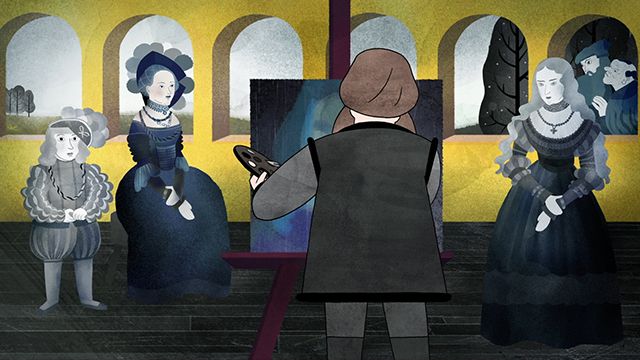
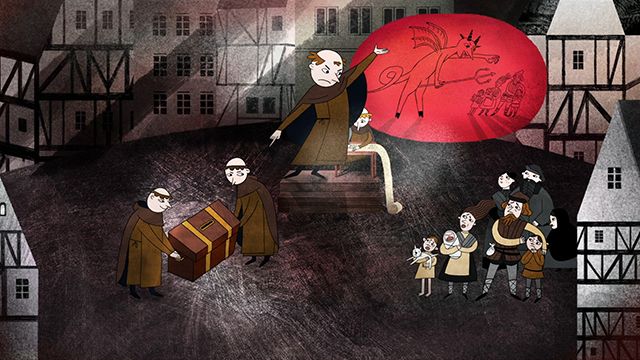
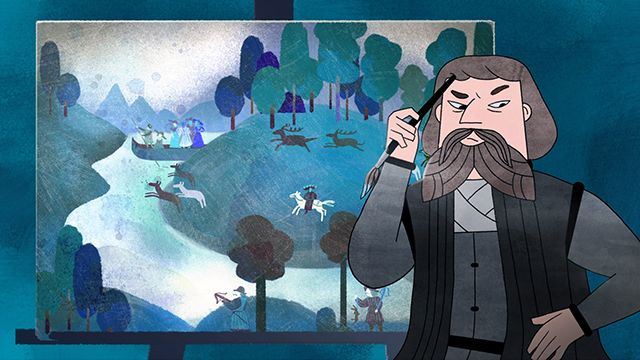
Over the past years, we received a lot of inquiries regarding exhibitions: Petőfi Literary Museum, the Evangelic Museum, the Museum of Ethnography and a few years ago even the Museum of Fine Arts ordered animation movies from us. It’s true for all of these that the job is actually brought about by novel technological developments, and the production is preceded by an exciting research period. The best thing about projects of the kind is that they allow me to work with valuable experts who would like to convey important or exciting ideas through the film we produce together. We made a great part of these projects with the help of Binaura and Mome TechLab. Most recently, we made a screening for the synagogue in Rumbach Sebestyén Street directed by Péter Forgács, with a visual concept designed by Bori Mákó. One of our returning clients is Viacom, who, breaking away from the usual Hungarian approach, proposed surprisingly bold and creative ideas and provided a professional background to their implementation.
The commercial for Mantaro, which you also worked on, was completed recently. It was made with a combination of techniques: the live-action scenes were directed by Attila Hartung, while the puppet animation parts were made by Péter Vácz and his team. In which work processes did you participate?
Peti contacted me to coordinate production, but I had spare capacity so I could participate in the pre- and post-production phases, too. It was good to exchange experiences and to see what work methods others have.

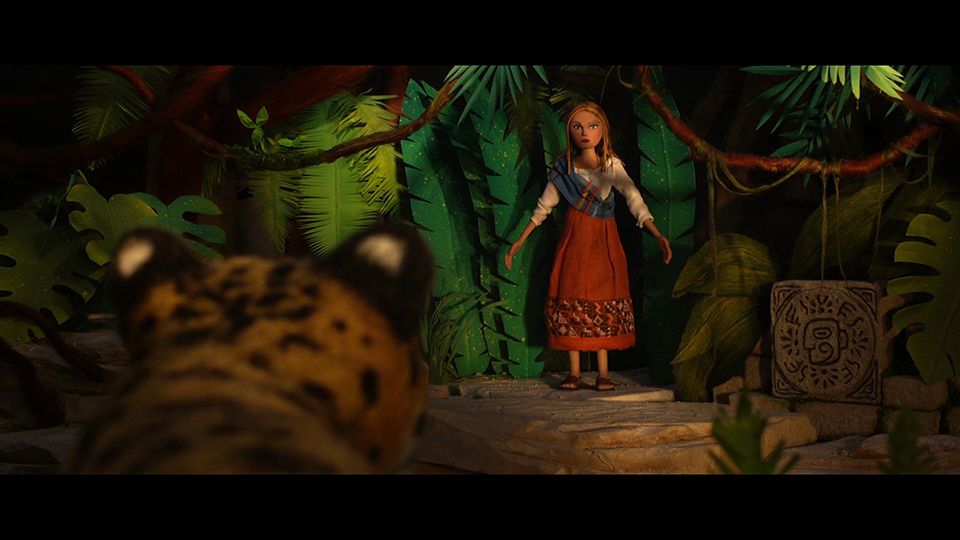
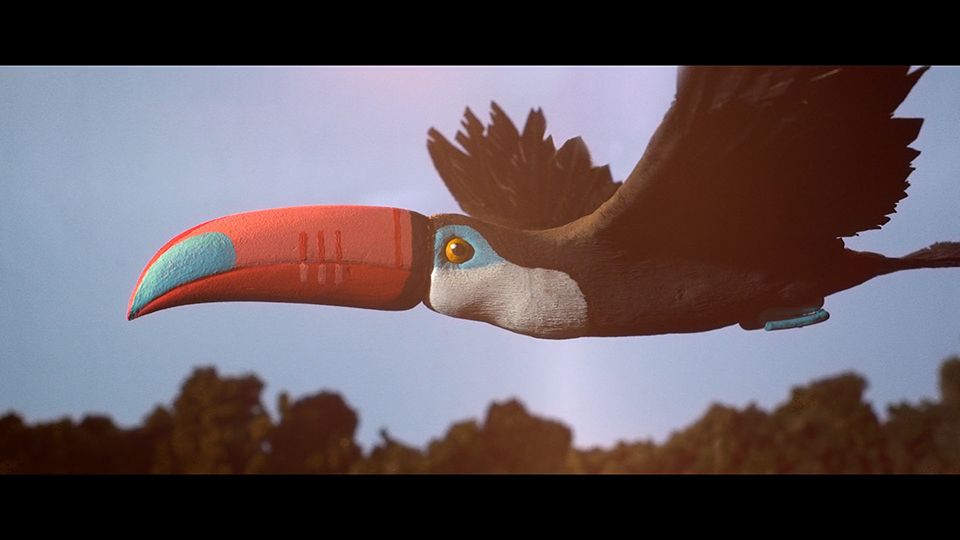
The client (Mocca Negra Zrt.) probably serves as a good example for the fact that it is indeed possible to provide high-quality and novel commercials to viewers. They realized that the introduction of a new product requires innovative solutions, this is why they opted for puppet animation, as a less favored genre. What’s your take: is it possible that a new visual trend could emerge (or has already emerged) in the field of commercials in which animation could also gain a more central role?
Naturally I believe that sooner or later something will get started. There are, indeed, positive examples, especially in the field of live-action commercials, but over the years I have believed it many times and there was no change after all. I don’t see an open attitude either from the side of clients or customers for a more exciting visual language, and to many, animation still means the “germs” we see in commercials promoting medicinal products, generated by post-production studios. Of course, the time and money available for production is an important issue, and we should also be more skillful and clever when it comes to gaining position in the market.
You are currently working as a lecturer at MOME. What are today’s students like in your opinion? Are they more conscious or ambitious when it comes to succeeding on the market with the knowledge they gained?
Yes, I see that they are quite ambitious, they are full of ideas, are willing to experiment, and they are more conscious than we were. Education is also more professional and practice-oriented than before: there are more group work and live projects. It does, however, baffle me a bit that many are perhaps starting their career with too great expectations, and, as a result, they could inevitably miss out on important experiences and exciting but not well-paying projects. In terms of establishing themselves on the market, it could be a problem that the number of creative designers and “executor” specialists is out of balance at the moment. There are only a very few truly great animators, layout and storyboard artists, and the few that are, in fact, available are often booked for years by a single production. The abundance of directors and production designers, however, might not be able to establish themselves in the profession.
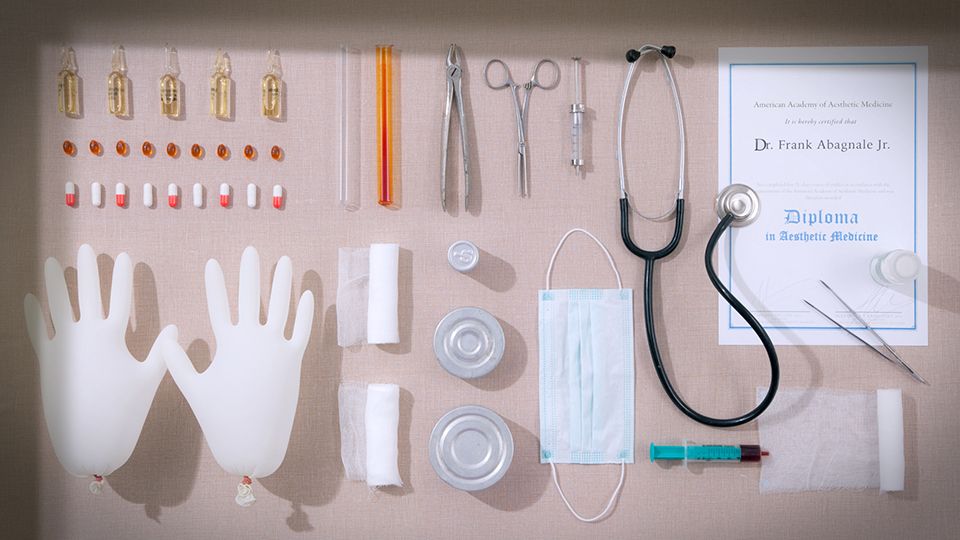
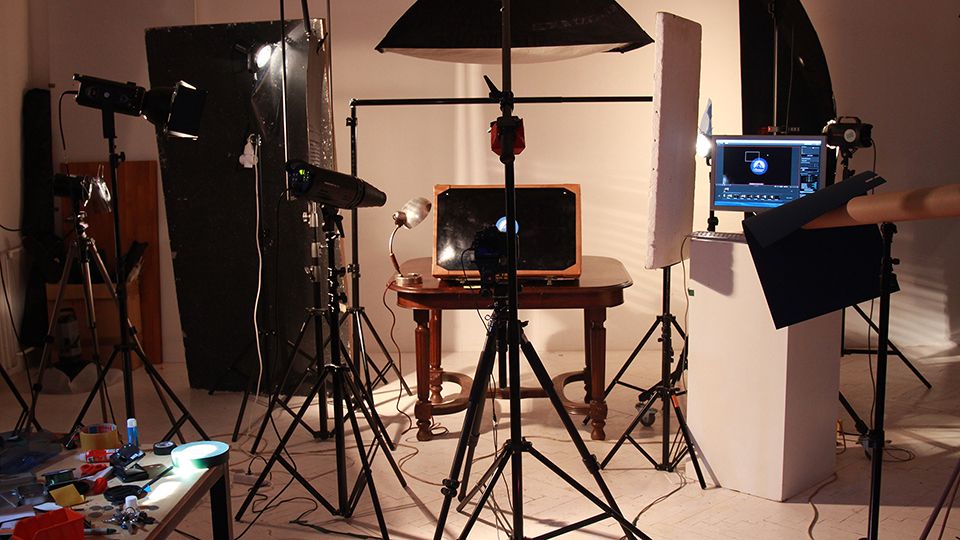

You already have vast experience. What would you say to your younger self, or to the young generation of animation directors, what should they pay attention to?
To myself I would, perhaps, recommend traveling more. And I would say the same to the students, too. I’d also add that if they can afford it, they should not take on projects during university and use those years for experimenting and finding their path—they will work enough later.
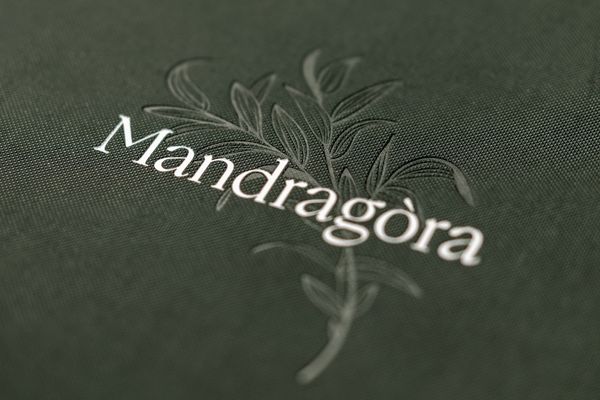
Hospitality with heart and soul | The revamped Mandragóra Restaurant
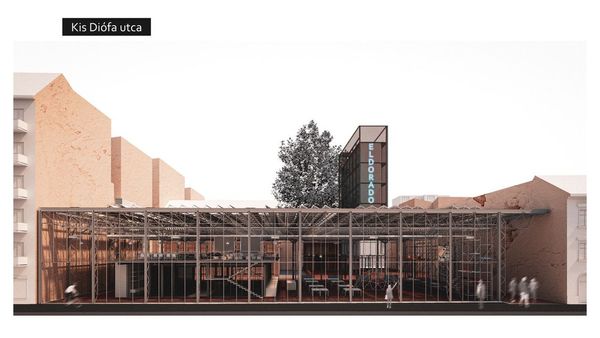
Waste disposal plant in the middle of the party district | Eldorado
